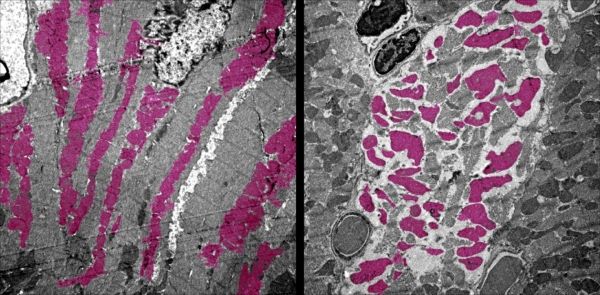UCLA researchers are the first to create a version of COVID-19 in mice that shows how the disease damages organs other than the lungs. Using their model, the scientists discovered that the SARS-CoV-2 virus can shut down energy production in cells of the heart, kidneys, spleen and other organs.
"This mouse model is a really powerful tool for studying SARS-CoV-2 in a living system," said Dr. Arjun Deb, a co-senior author of a paper about the study and a member of the Eli and Edythe Broad Center of Regenerative Medicine and Stem Cell Research at UCLA. "Understanding how this virus can hijack our cells might eventually lead to new ways to prevent or treat the organ failure that can accompany COVID-19 in humans."
Deb said the same model could also help researchers learn more about other similar viruses that might emerge in the future, and it could be useful for testing eventual treatments.
The paper, published in the journal JCI Insight, was co-led by Vaithilingaraja Arumugaswami, an associate professor of molecular and medical pharmacology at the David Geffen School of Medicine at UCLA and a member of the Broad Stem Cell Research Center.
Read more at University of California - Los Angeles Health Sciences
Image: Heart muscle cells in an uninfected mouse (left) and a mouse infected with SARS-CoV-2 (right) with mitochondria seen in pink. The disorganization of the cells and mitochondria in the image at right is associated with irregular heartbeat and death. (Credit: JCI Insight/UCLA Broad Stem Cell Research Center)


